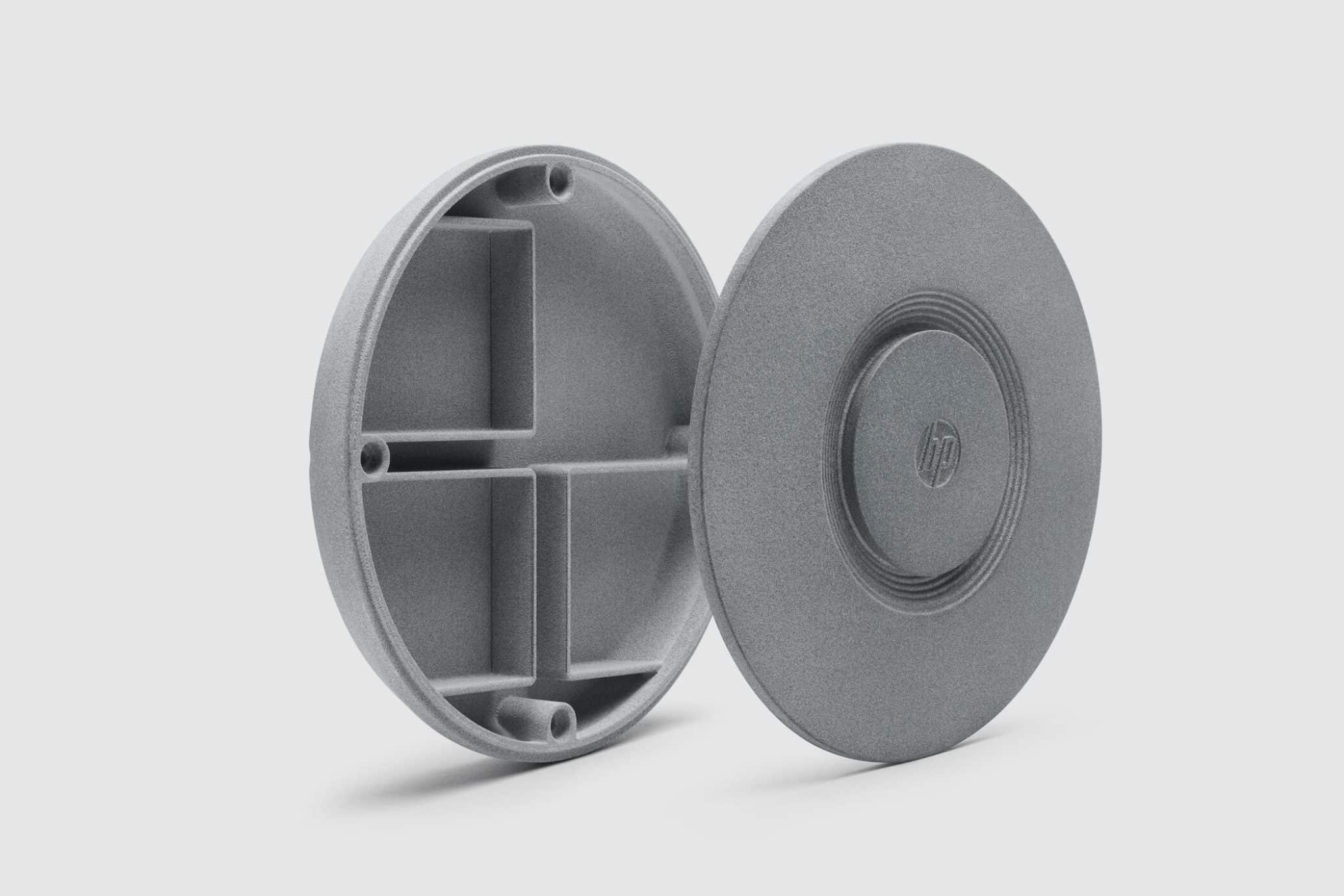Nylon (PA)
Introduction to Nylon (PA) for 3D Printing
Nylon, or polyamide (PA), is a high-performance engineering thermoplastic known for its excellent wear resistance, toughness, and chemical stability. It is ideal for functional prototypes, mechanical components, gears, and low-friction assemblies that require durability and dynamic load performance.
Selective Laser Sintering (SLS) and Fused Deposition Modeling (FDM) are commonly used to 3D print nylon parts with accuracy up to ±0.2 mm and strength suitable for end-use applications across multiple industries.
International Equivalent Grades of Nylon (PA)
Type | Grade Code | Common Names |
|---|---|---|
PA6 | PA6 | Nylon 6 |
PA66 | PA66 | Nylon 6/6 |
PA12 | PA12 | Nylon 12 |
ISO/ASTM | ISO 1874 | Polyamide Resin |
China | GB/T 2035 | 聚酰胺 (PA)塑料 |
Comprehensive Properties of Nylon (PA)
Property Category | Property | Value (PA12 Example) |
|---|---|---|
Physical | Density | 1.01–1.15 g/cm³ |
Melting Point | 178–220°C | |
Water Absorption (24h) | 1.0–2.0% | |
Mechanical | Tensile Strength | 45–70 MPa |
Flexural Modulus | 1,500–2,000 MPa | |
Elongation at Break | 20–50% | |
Impact Resistance (Notched Izod) | >50 J/m |
Suitable 3D Printing Processes for Nylon (PA)
Process | Typical Density Achieved | Surface Roughness (Ra) | Dimensional Accuracy | Application Highlights |
|---|---|---|---|---|
≥98% | 10–14 µm | ±0.2 mm | Ideal for strong, functional parts without support structures—perfect for internal mechanisms and living hinges | |
≥95% | 14–18 µm | ±0.2 mm | Suitable for prototypes, brackets, and jigs requiring toughness and vibration resistance |
Selection Criteria for Nylon 3D Printing Processes
Mechanical Durability: Nylon exhibits high impact and fatigue resistance, making it ideal for gears, snap fits, and moving parts under load.
Moisture Sensitivity: Nylon absorbs water from the atmosphere; drying before printing and sealing after production is critical for dimensional control.
Friction and Wear: Nylon's low coefficient of friction and abrasion resistance make it perfect for parts under continuous motion or contact.
Printability Considerations: SLS is preferred for complex geometries without supports, while FDM is suitable for functional testing and low-cost tooling.
Essential Post-Processing Methods for Nylon (PA) 3D Printed Parts
Media Tumbling or Vibratory Finishing: Used to smooth surfaces and reduce Ra to <10 µm, ideal for parts requiring hand-feel or sliding fitment.
Dyeing and Coloring: Nylon is highly dye-absorbent—common in consumer products and visual prototypes for branding or color-coded assemblies.
Heat Treatment and Annealing: Optional step to reduce internal stress, stabilize dimensions, and improve crystallinity for high-precision parts.
CNC Machining: Tight-tolerance features such as bores or mechanical fits can be finished post-print to ±0.02 mm.
Challenges and Solutions in Nylon (PA) 3D Printing
Moisture Absorption: Dry filament or powder below 20% RH before printing; seal finished parts with coatings or packaging to maintain accuracy.
Warping and Curling (FDM): Use of heated bed (70–90°C), slow cooling, and enclosed chambers minimizes deformation during solidification.
Powder Recycling (SLS): Recycled powder may degrade print quality—maintain a 30–50% mix ratio with fresh powder to ensure consistency.
Applications and Industry Case Studies
Nylon is widely used in:
Automotive: Cable guides, air duct connectors, structural brackets, and gear housings.
Industrial Manufacturing: Jigs, fixtures, tool handles, and wear-resistant cams.
Medical Devices: Orthotic shells, wearable mounts, and custom tooling.
Consumer Products: Hinge mechanisms, lockable parts, belt clips, and housings.
Case Study: A Tier-1 auto supplier printed custom nylon brackets using SLS for vibration testing. The parts passed thermal cycling at 110°C and sustained 1 million dynamic load cycles without cracking or deformation.
Frequently Asked Questions (FAQs)
What are the mechanical and thermal limitations of nylon 3D printed parts?
How do SLS and FDM compare for nylon part durability and resolution?
Can nylon be used for end-use mechanical or structural parts?
What are the best practices for minimizing moisture impact on nylon prints?
How accurate are nylon prints for components requiring tight tolerances?



